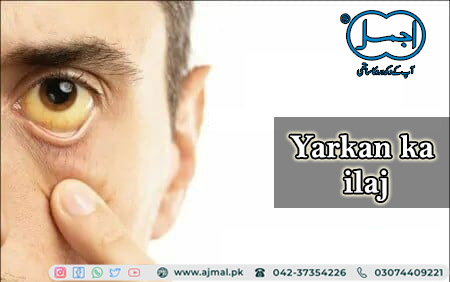Why Ultrasound Is Important For a Jaundice Treatment?
For parents who are having their first baby, you will most probably want to know more about jaundice treatment for newborn babies. What is jaundice? It is a condition in which the skin becomes yellowish and the body also becomes contaminated. You may hear that it is more common in African-American infants, but this is not true. It is a very serious condition that can have long-term effects on your child's health.
If you are
planning to have a baby, you should make sure that your health problems are
well known before conceiving. This is because a pregnant woman can develop
serious hyperbilirubinemia, which is a condition that can result to jaundice in
babies. Hypertension, diabetes, hyperthyroidism, and chronic kidney disease can
also be causes of jaundice in newborn babies.
One of the most common causes of jaundice in infants is the consumption of leaflet called yellow pages or magazines that contains lots of vitamin A or D. Consumption of this leaflet daily can easily give birth to the baby with the condition. Another cause of jaundice in babies is the consumption of many different types of food and beverages. (jigar ki kharabi ki alamat) Meat and dairy products are said to cause the disease while excessive consumption of fruits can cause the disease. You can avoid this by choosing the right kind of food.
The first
step of jaundice treatment in newborn babies is to confirm the diagnosis. This
is done through proper diagnosis and laboratory tests. Some doctors order
ultrasound tests to verify the presence of gallstones. Such tests may include
an Anterior Nerve Scans, Bracheter's Extractor, Magnetic Resonance Venography,
CT Scan, or X-Ray. The doctor will then try to treat the jaundice by trying to
remove the gallstones.
There are
several treatments available for infants with hyperBILirubinemia. Most common
treatment methods include giving the infant's a diet rich in Vitamin B12 and
Iron. In more severe cases, the doctors may prescribe medications that include
prednisone, pentoxifylline, or bromocriptine.
If the
baby is diagnosed with first week jaundice, the baby needs to be fed with
breast milk or formula. There is no known cure for first week jaundice in
babies. It may clear up on its own within a few months. However, it is
important for you to observe your baby closely during the first week of
breastfeeding so that you can be informed about any symptoms she may have such
as frequent diarrhea, vomiting, or colicky pains in the upper abdominal area.
Babies
diagnosed with phototherapy jaundice require immediate hospitalization and
should not be fed breast milk or formula. Treatment consists of exposing the
babies to wavelengths of ultraviolet light (ultraviolet light A or UVA) under
medical supervision. UVA rays are responsible for causing jaundice in humans.
Treatment usually begins at birth and continued until the baby is weaned.
As previously stated, it is very rare for babies to be diagnosed with hyperbilirubinemia during the first year of life. However, if it is suspected, you should consult your doctor. He will perform an ultrasound to detect the presence of jaundice in your infant.(causes of jaundice) Then he or she will determine which treatment is best for your baby based on his or her skin color and other factors.
Treatments
using ultra violet light (UV) may be administered to newborns with jaundice by
either a doctor or a nurse. The normal procedure is that the baby's blood is
placed on a dye strip so that he or she can be examined in a laboratory for the
presence of bilirubin blood. There are various types of ultra violet light and
the most commonly used are beta and gamma rays. If the results of the
ultrasound test are positive and the baby does have jaundice, then the doctor
will then administer UVA phototherapy.
During
this process, a special room with ultra violet lights are set up right in the
doctor's office. A highly trained staff will administer the ultra-violet rays
to the baby. Generally, it is advisable to check with your doctor first
regarding the administration of this therapy before proceeding. The main
purpose of this jaundice patient education is to educate you and your family
about this condition and to prepare you for what is to come during the process.
The
presence of jaundice causes the patient to develop a yellow color to his or her
skin. The color is most noticeable between the ages of two to six months but
the chances of the baby developing the disease increase as the child gets
older. The most common symptom that the baby experiences is the yellow color of
the skin. Some babies may also suffer from the appearance of red blood cells on
their skin. It is crucial that you seek medical attention if you notice these
symptoms because it is possible that your baby could have some other serious
ailment and it is better to prevent the disease than trying to treat it.





Comments
Post a Comment